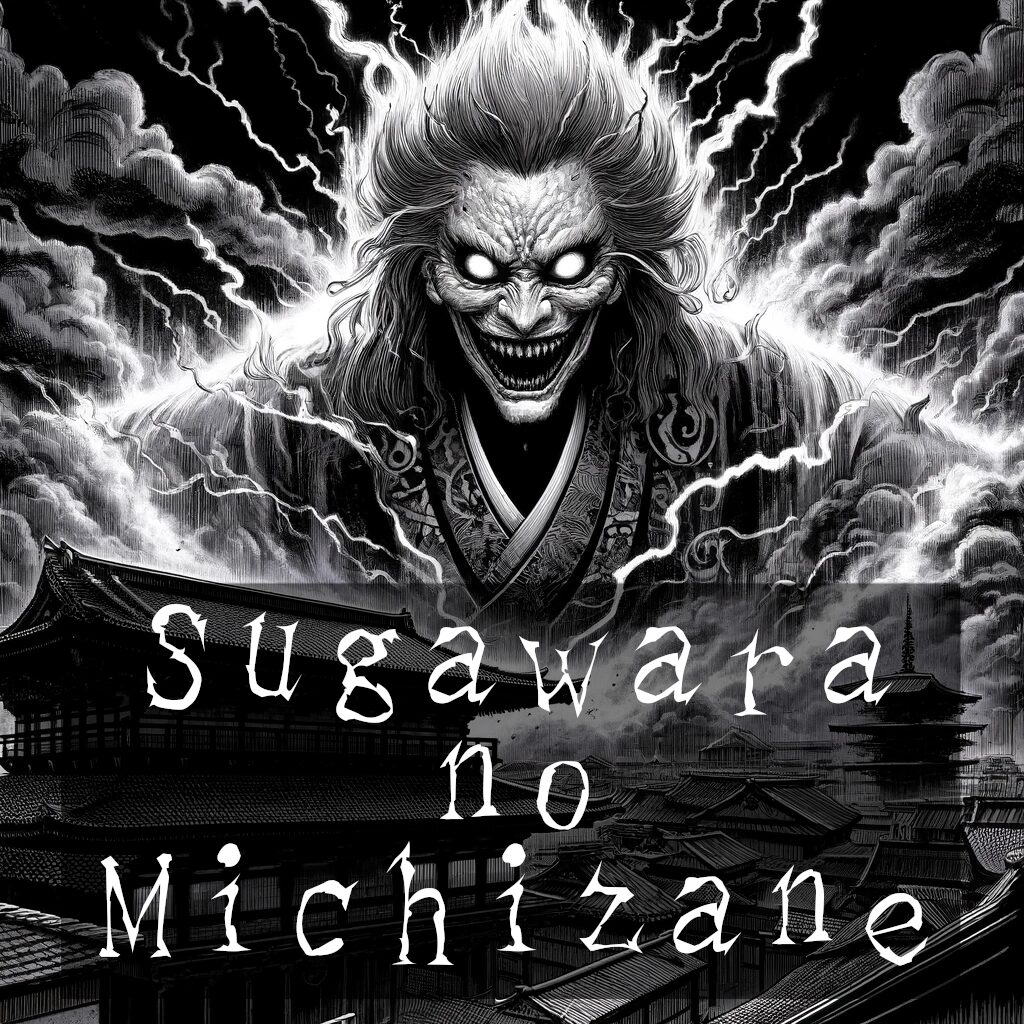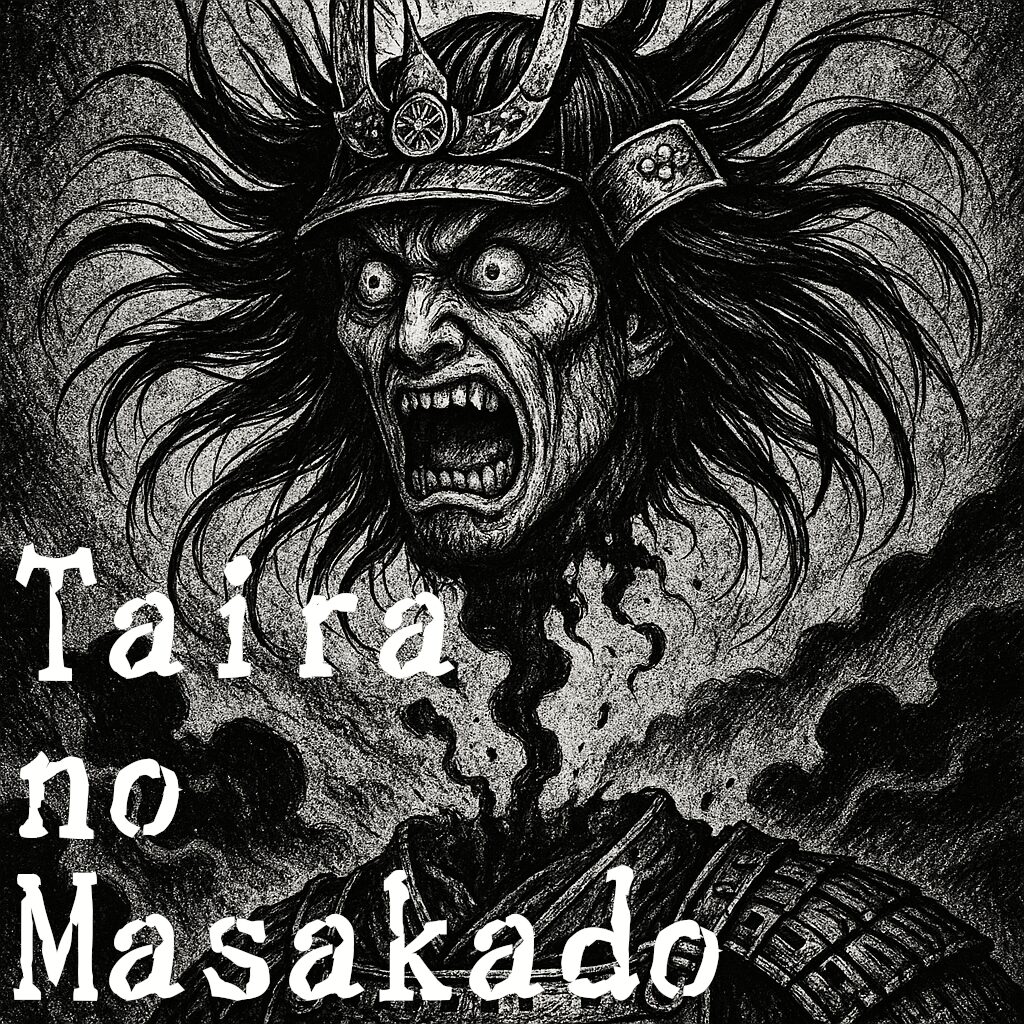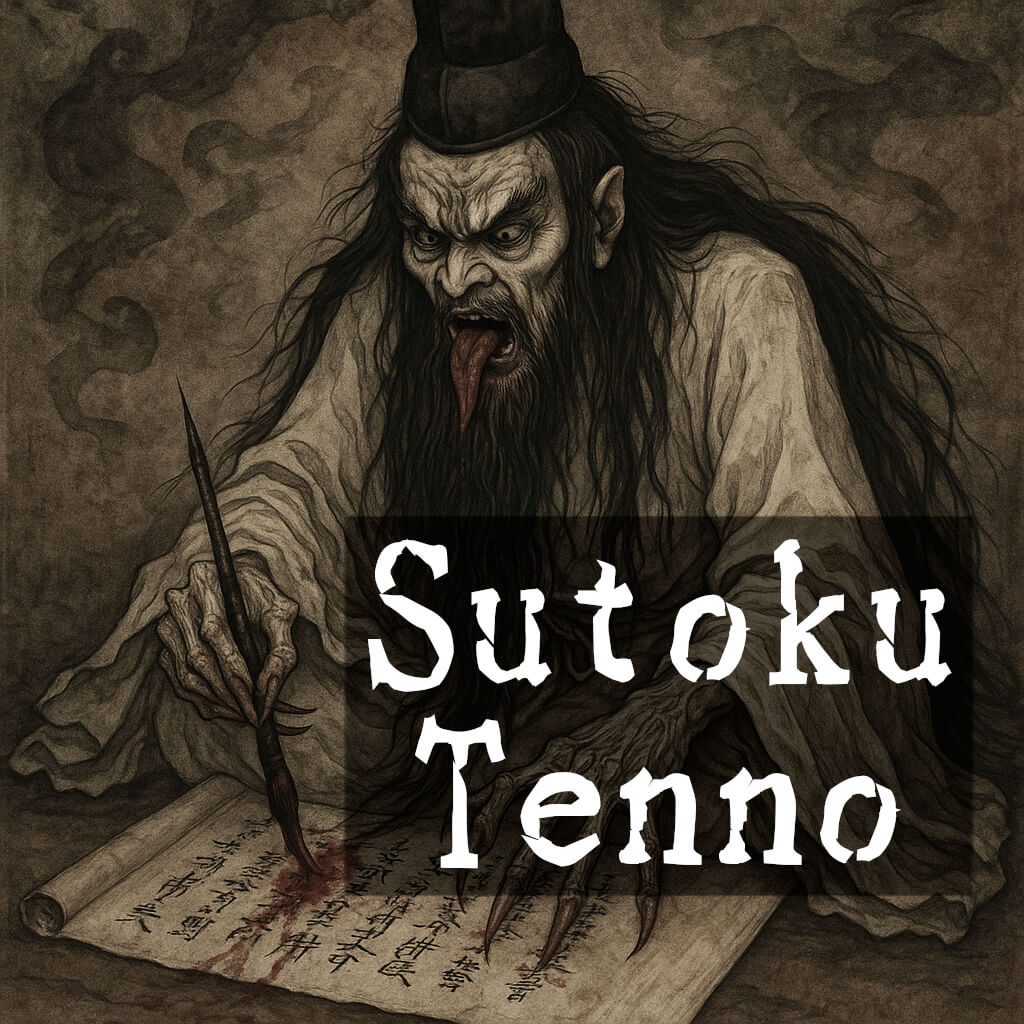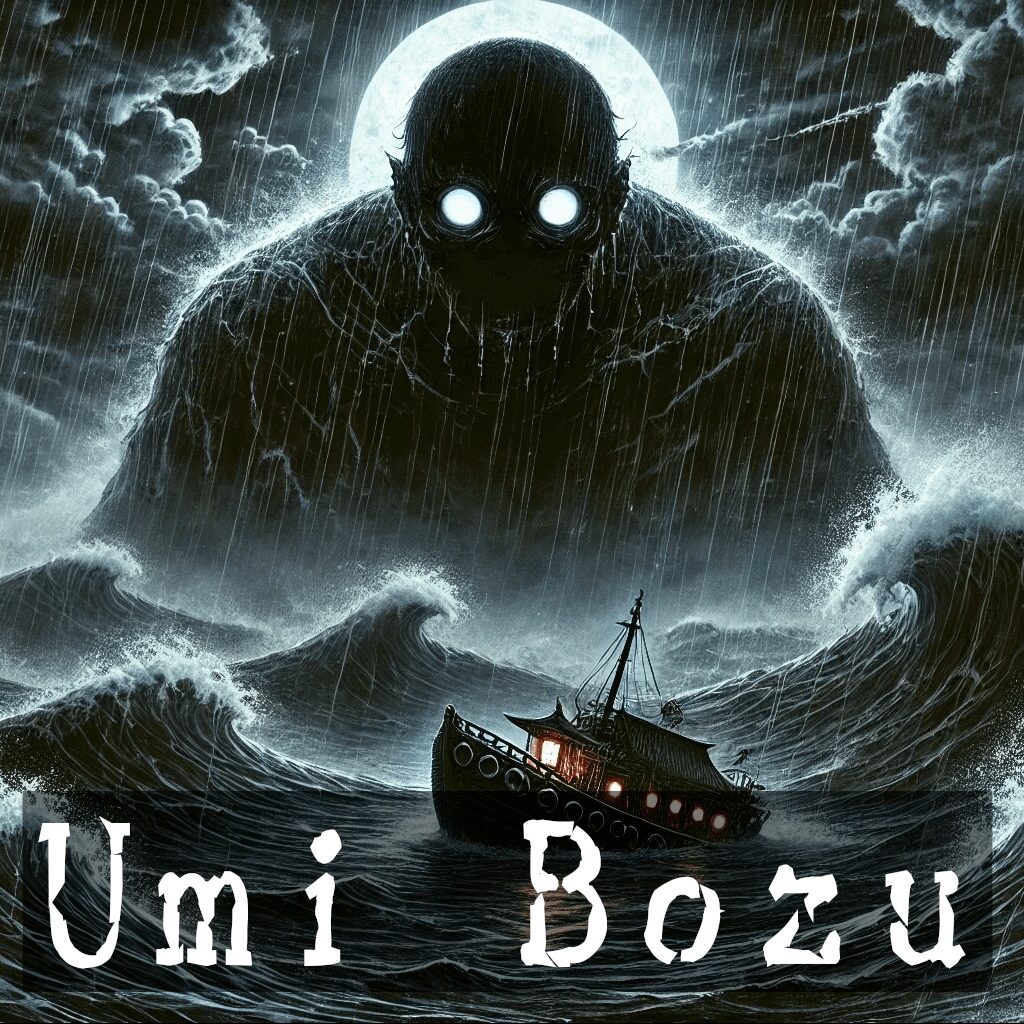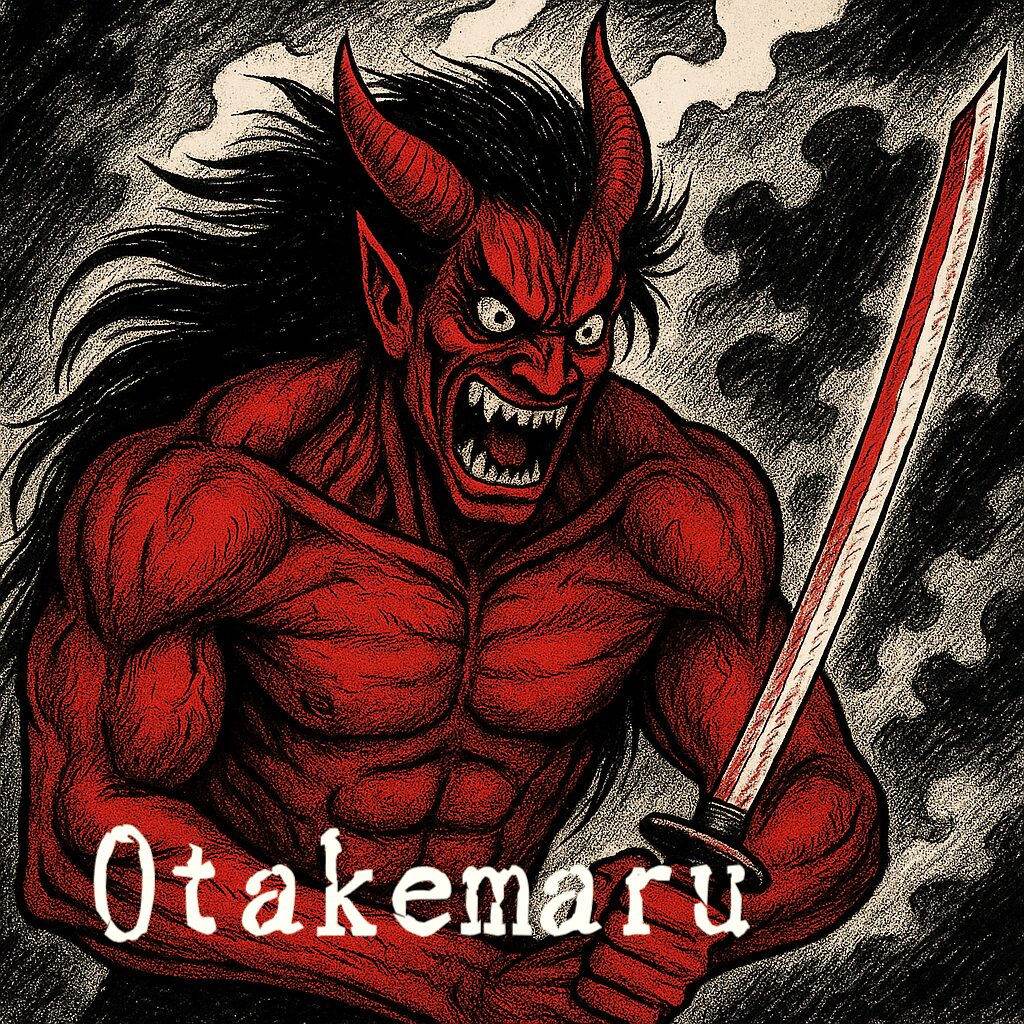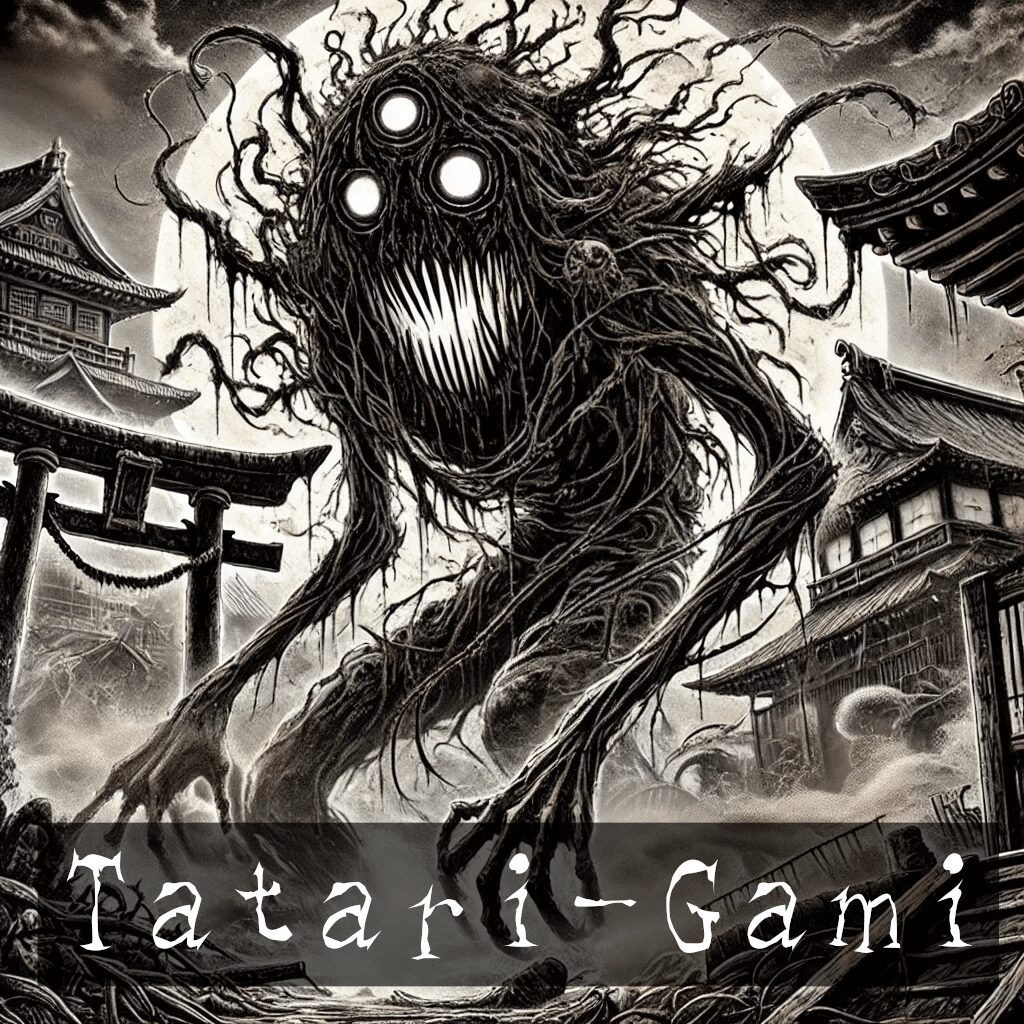Sugawara no Michizane. One of the most respectful scholars, as well as one of the worst vengeful spirits that has been feared in Japanese history…
This article explores the historical and supernatural aspects of him, uncovering the dual nature of his legacy: the revered deity and the feared vengeful spirit.
Who is Sugawara no Michizane?
Sugawara Michizane (菅原道真) was a Japanese of the Heian period (845-903). Besides being a scholar, he was also an outstanding aristocrat, politician and poet.
As a politician, he was the Udaijin (右大臣 / Minister of the Right), one of the two top ministers at the Imperial Court at the time, but was later exiled and died a regretful death. Due to the natural disasters and other mysterious deaths of those who wronged him in life, he continued to be feared as one of Nihon Sandai Onryo (日本三大怨霊 / Japan’s Three Great Vengeful Spirits), alongside Taira no Masakado (平将門) and Sutoku Tenno (崇徳天皇).
To appease his anger, the Kitano Tenmangu Shrine (北野天満宮) was built to enshrine him as a heavenly god. Today, Tenmangu shrines are spread throughout the country and, combined with his aspect as a very successful scholar, he is more commonly worshipped as a god of learning by many people, especially students nowadays.
↓ Check this related article!
Sugawara no Michizane Story (podcast)
<–coming soon!–>
History of Sugawara no Michizane
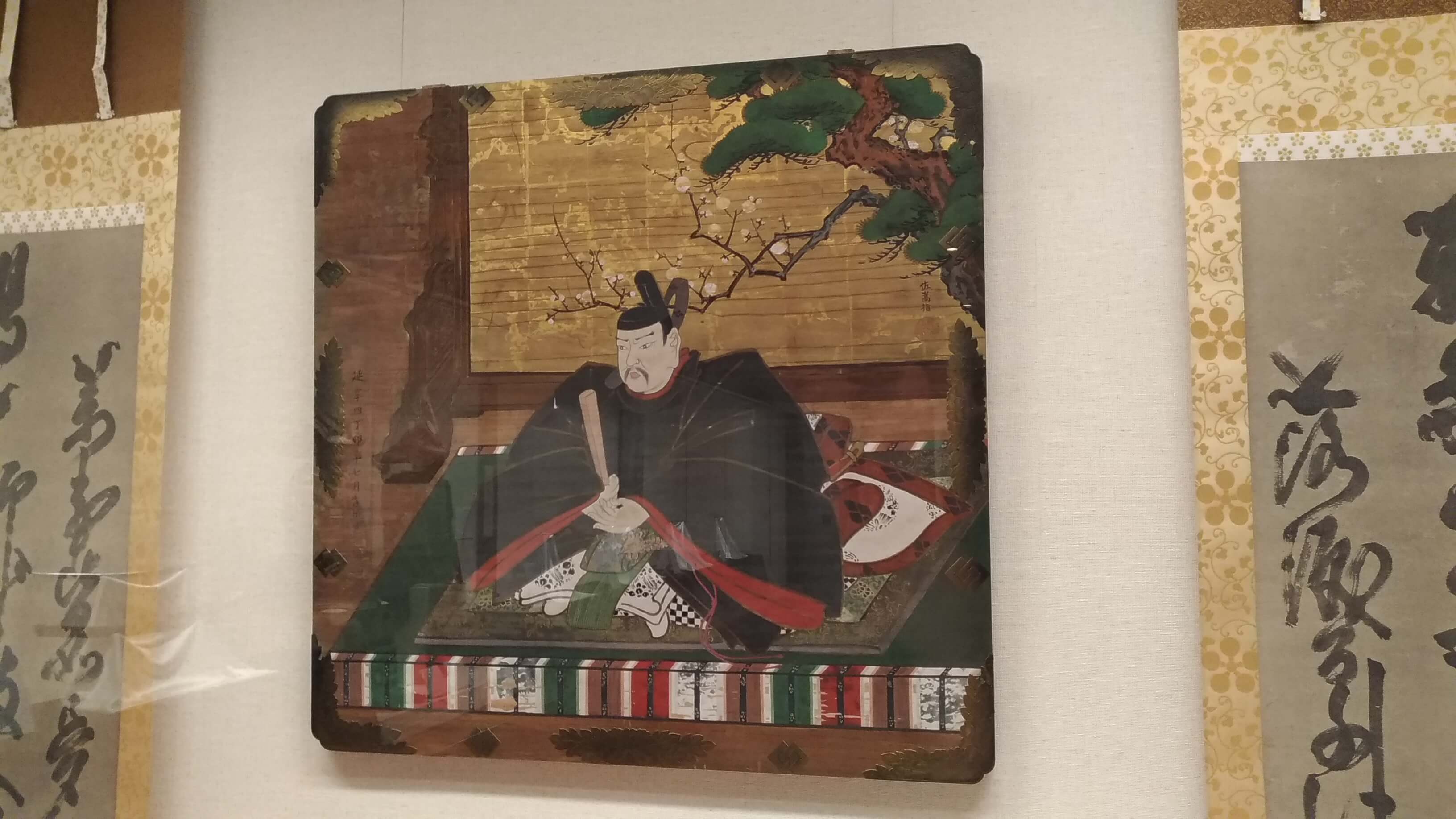
The Life and Tragic Fall of Sugawara no Michizane
Born in 845 into a family of scholars, Sugawara no Michizane displayed exceptional literary talent from a young age. He excelled in poetry and Chinese classics, earning the favour of Emperor Uda (宇多天皇). Rising swiftly through the ranks of government, he was eventually appointed Udaijin (右大臣 / Minister of the Right), a position of great influence.
However, his rapid ascent sparked resentment among the powerful Fujiwara clan. In 901, Fujiwara no Tokihira (藤原時平) accused him of plotting against the throne. As a result, Sugawara no Michizane was exiled to Dazaifu (太宰府) in Kyushu, where he lived in misery before dying in 903. His death, widely believed to have been caused by grief and malnutrition, marked the beginning of a series of ominous events in the capital.
The Vengeful Spirit and the Disasters in Kyoto
After the death of Sugawara no Michizane, Kyoto was plagued by a series of calamities. Fujiwara no Tokihira, the man behind his downfall, died suddenly at the age of 39. Soon after, other members of the Fujiwara clan also perished under mysterious circumstances. The most terrifying event occurred in 930, when lightning struck the Seiryō-den (清涼殿), an imperial palace building, killing multiple courtiers.
Many believed these misfortunes were the work of the vengeful spirit of Sugawara no Michizane.
The Establishment and Spread of Tenjin Worship

The aristocracy, now terrified, sought ways to appease him. To quell his wrath, the imperial court posthumously restored his titles and built Kitano Tenmangū (北野天満宮) in 947 to enshrine him as a deity.
Originally enshrined as a means to pacify his angry spirit, Sugawara no Michizane was deified as Tenman Dai Jizai Tenjin (天満大自在天神), often shorten as Tenjin (天神), a powerful deity with control over thunder and storms. Over time, his identity evolved, and his association with learning and scholarship became the dominant focus of his worship.
By the Edo period (17 ~ mid 19th century), students and academics widely venerated him, and the Tenjin faith spread across Japan. Today, there are over 12,000 Tenmangū shrines (天満宮), with countless students visiting them each year to pray for academic success. Yet, the origins of this worship—born from fear of his vengeful wrath—remain a lesser-known aspect of his legacy.
Sugawara no Michizane in Jujutsu Kaisen
Sugawara no Michizane’s influence is not limited to history and folklore—he has also found a place in modern pop culture. In Jujutsu Kaisen (呪術廻戦), a popular anime and manga series, he is referenced as one of the most powerful sorcerers in history.
His bloodline is significant within the Jujutsu Kaisen universe, as characters such as Satoru Gojo (五条悟) and Yuta Okkotsu (乙骨憂太) are implied to be his distant descendants. Both Gojo and Yuta possess immense cursed energy and extraordinary combat abilities, aligning with the idea that Sugawara no Michizane himself was an exceptionally powerful figure with supernatural connections.
The Jujutsu Kaisen interpretation of Sugawara no Michizane builds upon his historical reputation as a vengeful and godlike entity, transforming him into a legendary figure whose lineage continues to influence the modern world of sorcery. While Jujutsu Kaisen takes creative liberties, its depiction of Sugawara no Michizane reinforces his cultural status as a powerful, otherworldly being rather than just a historical figure.
God of Learning or a vengeful spirit?
Sugawara no Michizane exemplifies a common theme in Japanese religion: the transformation of vengeful spirits into revered deities. Initially feared as a wrathful ghost, he was enshrined to placate his fury, only to later be embraced as the benevolent god of learning.
In my opinion, we don’t need to dare to fit him into one form. He actually has two faces, so with that understanding, it might be a good experience to go to Tenmangu for the commemoration.
Find Your Kaidan!
Discover your favourite Japanese scary/horror stories
Categories
Let’s talk
Would you like to analyse the story, make theories on it, and share your thoughts?
Please join our Discord channel
where you can share your thoughts and interact with other Kaidan lovers!
